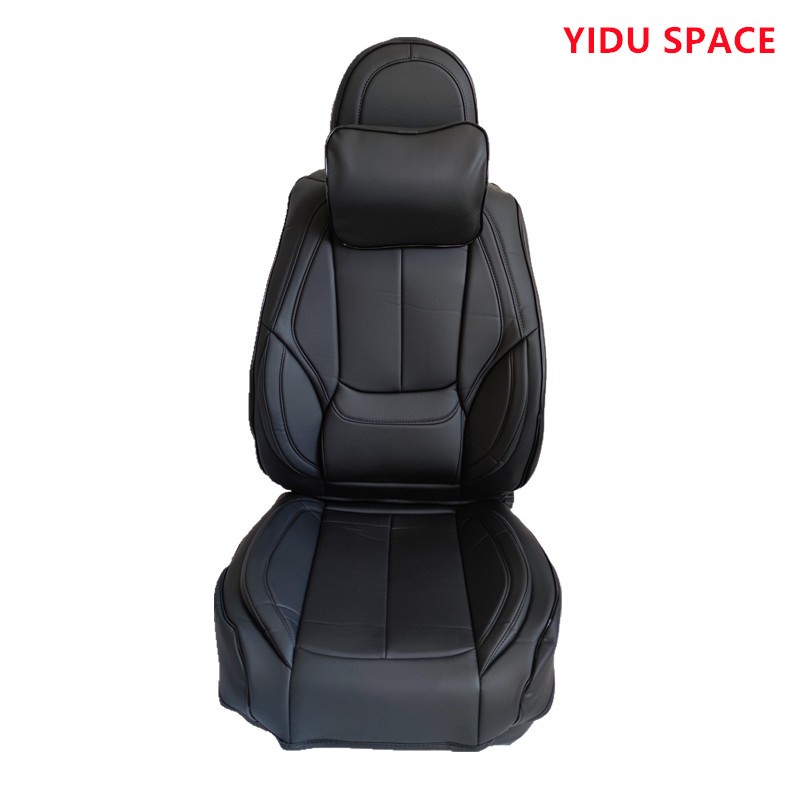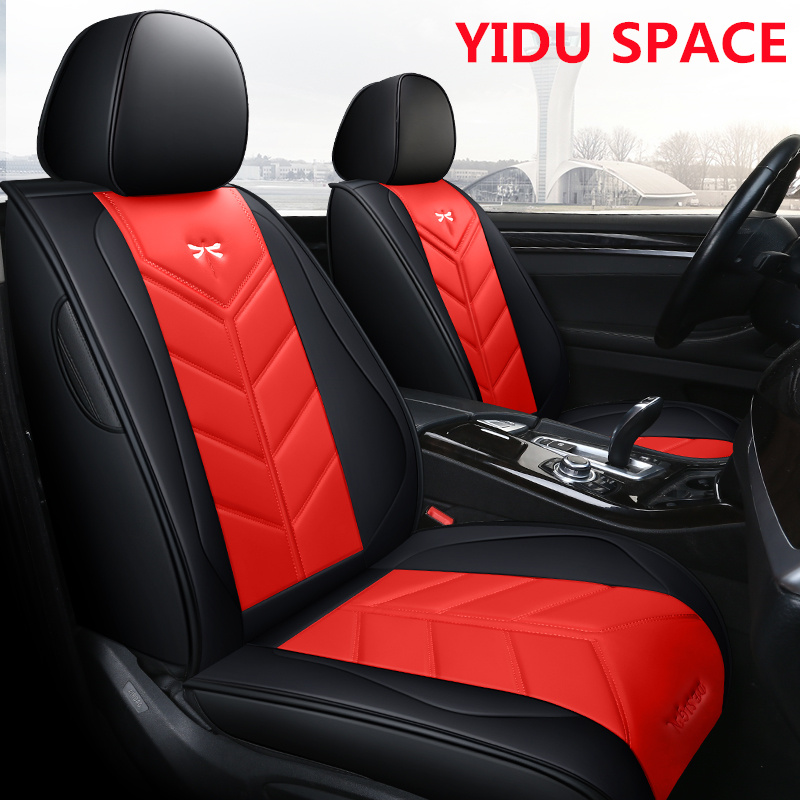Detailed explanation of special functions of auto seats
Detailed explanation of special functions
of car seats:
一: Intelligent Memory and Linkage System
1. Driving posture memory
Support 2-3 sets of sitting posture memory (including steering wheel/rearview
mirror position), long press the setting button to save, and automatically
reset after turning off the engine.
Convenient access function: When the engine is turned off, the seat
automatically moves back 10-15cm, and when the engine is ignited, it returns to
the preset position, improving the comfort of getting on and off the car.
2. Multi device collaboration
Cadillac and other models support seat, rearview mirror, and steering wheel
linkage adjustment, achieving "one click full adaptation".
二: Environmental adaptive regulation
1. Partition temperature control technology
Heating function: Carbon fiber wire with 3 levels of heating (up to 40 ℃),
heats up to a comfortable temperature within 5 minutes.
Ventilation system: Micro porous fans suck away humid and hot air, reducing
body temperature by 3-5 ℃ and preventing back sweating in summer.
三: Health enhancement module
1. Dynamic massage system
Cadillac models are equipped with 6 massage modes (kneading/wave/tapping,
etc.), which can be switched between intensity and technique through knobs.
The lumbar support airbag can independently adjust the protrusion height (±
3cm), accurately matching the curvature of the lumbar spine.
2. Anti fatigue design
Leg support split type telescopic (such as BMW 3 Series), supporting the thighs
to reduce leg suspension pressure.
11 layer composite foam material disperses hip pressure, reducing fatigue
during long-distance driving by 40%.
四: Security Expansion Function
1. Child safety interface
The ISOFIX hard connection points are hidden in the gaps of the seat cushion,
increasing the stability of the child seat installation by 200%.
2. Dynamic flank support
During cornering, the pneumatic side wings automatically inflate (response
time<0.3 seconds) to prevent body slippage.
五: Interactive experience upgrade
1. Headrest entertainment integration
High end car models with built-in speakers in the headrest (such as the
Mercedes Benz S-Class) achieve independent sound fields for the cockpit and
passenger area.
2. Gesture control
The BMW 7 Series supports adjusting the backrest angle through air separation,
with gesture recognition accuracy reaching millimeter level.
Evolutionary trend: seat functions are shifting from physical adjustment to
biological perception
Toyota concept car monitors heart rate and sitting posture duration through
seat sensors, automatically triggering massage reminders
The Audi e-tron GT is equipped with body pressure mapping technology, which
optimizes the foam layer support parameters in real-time.



